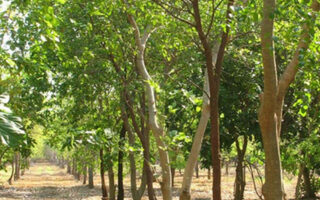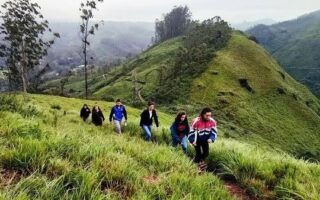வேலை நேரம்
தமிழ் நாடு அரசு அலுவலக நடைமுறை
அலுவலகப் பணியாளர்கள் அனைவரும், வேலை நாட்களில் அலுவலகத்திற்கு ஒழுங்காகவும், குறித்த காலமான 10 மணிக்கும் வந்து சேரவேண்டும். இதற்காக வருகைப்பதிவேடு ஒன்று பராமரித்து வரப்படும். இப்பதிவேடு சம்பந்தப்பட்ட பிரிவுத் தலைவர் பொறுப்பில் இருக்கும். சாதரணமாக நமது மாநிலத்தில் எல்லா அலுவலகங்களும் காலை 10 மணியிலிருந்து மாலை 5.45 மணி வரை இயங்கி வருகிறது.
உணவருந்துவதற்காக மதியம் 1 மணியிலிருந்து 2 மணிக்குள் 30 நிமிடங்கள் இடைவேளை எடுத்துக் கொள்ளலாம். ஆனால் பணியார்கள் அனைவரும் ஒரே நேரத்தில் உணவருந்துவதற்காகச் செல்லக்கூடாது. அவர்கள் அணி அணியாகச் சென்று வரவேண்டும்.
அலுவலக நேரத்திற்கு அப்பால் வேலை செய்ததை அலுவலக நேரத்தில் அலுவலகத்தில் இல்லாமைக்கு ஒப்பாக எடுத்துக் கொள்ளப்பட மாட்டாது.
அலுவலகத்தில் பணியாற்றும் இந்து உறுப்பினர்கள் அமாவாசை அன்று, உண்மையாக மத சம்பந்தமாக கிரியைகள் செய்து வருகிறவர்கள், முன் அனுமதி பெற்று 1 மணி நேரம் தாமதமாக வரலாம். மசூதியில் தொழுகைக்கு செல்லக்கூடிய முகமதியர்கள் வெள்ளிக்கிழமைகளில் மதியம் 1 மணியிலிருந்து 2 மணிக்குள் அலுவலகத்தில் இல்லாமல் இருக்க அனுமதிக்கப்படுகிறார்கள். முகமதியர்கள் ரம்சான் நோன்பைக் கடைப்பிடிப்பவர்கள் ரம்சான் மாதத்தில் வீட்டிற்குச் சென்று விரதத்தை முடிப்பதற்காக அலுவலகத்தை விட்டு அரை மணி நேரம் முன்னதாக செல்ல அனுமதிக்கப்படுவர். இருப்பினும் அவர்களது பணி அவசர வேலை முடியும் வரை இருக்கும்படி சொல்லலாம்.
கீழ்க்கண்ட விழாக்காலங்களில் மத சம்பந்தமான நிகழ்ச்சிகளிலும் அத்தகைய விழாக்களிலோ, மத நிகழ்ச்சிகளிலோ பங்கெடுத்துக் கொள்ளும் அலுவலகப் பணியாளர்கள் விண்ணப்பத்தின் பேரில் காலை 1.30 மணி நேரம் தாமதமா வருவதற்கோ அல்லது பிற்பகலில் அலுவலவகத்தை விட்டு 1.30 மணி நேரம் முன்னதாகச் செல்லவோ அனுமதிக்கப்படலாம்.
இந்துக்கள்
கார்த்திகை தீபம், சந்திர கிரகணம், சூரிய கிரகணம், மைலாப்பூரில் தேர்த் திருவிழா, தீபாவளிக்கு முந்திய நாள், காயத்திரி ஜெபம், ஸ்ரீராமி நவமி, மாசி மகம்
கிறிஸ்தவர்கள்
புதன் கிழமை (Ash Wednesday) வியாழன் (Maundy Thursday) கிறிஸ்துமஸ், ஈஸ்டருக்கு முந்திய நாள், புத்தாண்டிற்கு முந்திய நாள், மரித்தோர் உயிர்ப்பிக்கும் நாள்
இஸ்லாமியர்கள்
பக்ரீத் முந்திய நாள், ரம்ஜான் முதல் நாள்
மேற்காணும் அனுமதியை சம்பந்தப்பட்ட மதத்தினர் மட்டும்தான் அனுபவித்துக் கொள்ளலாம்




